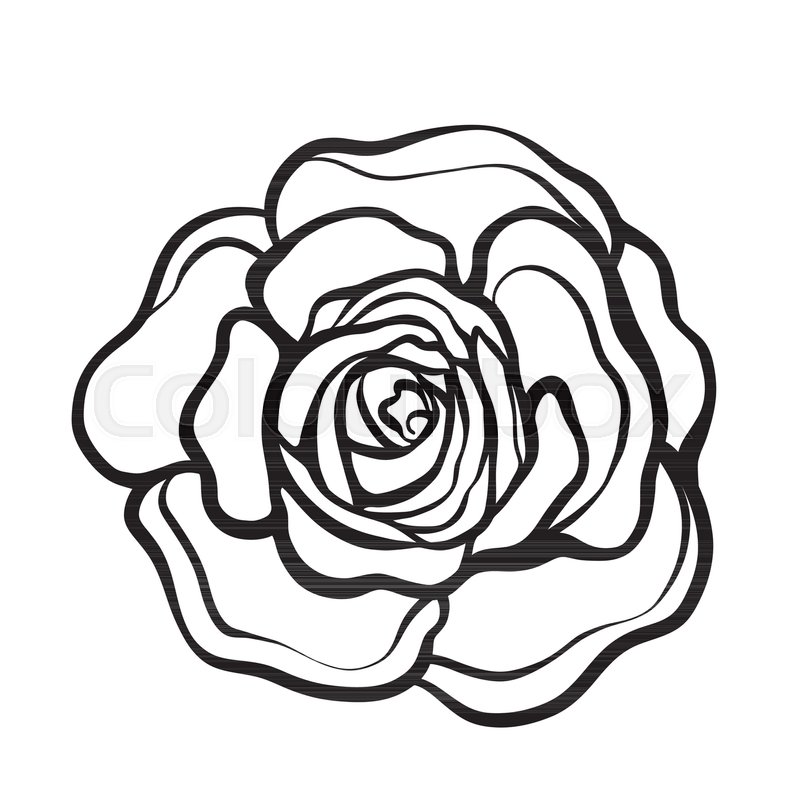
Roses are some of the most beautiful flowers on earth.

The 5 Best Watercolor Marker Sets in 2023.The 5 Best Watercolor Pencil Sets in 2023.The 8 Best Artists Bags and Backpacks in 2023.The 7 Best Website Builders for Artists in 2023.Pityriasis versicolor is caused by a yeast infection and can be treated with antifungal medicines, including antifungal creams and antifungal shampoos.
#Roses outline skin
Pityriasis versicolor is another common skin condition that can be confused with pityriasis rosea, as the rash may look similar.īut there are important differences between these 2 conditions. Pityriasis rosea is not contagious and cannot be spread to other people through physical contact. It's not known what causes pityriasis rosea. One theory is that the rash may be caused by a viral infection. UVB light therapy – if other treatments do not work, you may be referred for UVB light therapy.antihistamines – if you're having trouble sleeping because of the itching, a GP may prescribe an antihistamine that will make you feel sleepy, such as hydroxyzine or chlorphenamine.These are prescribed by a GP and can reduce swelling and relieve itching steroid creams or ointments – such as hydrocortisone and betamethasone cream.

You can buy these over the counter from most pharmacists Some emollients can be used as soap, and are often recommended, because normal soap can irritate the rash.

See a GP if you have an unexplained rash. These should return to normal within a few months and will not leave permanent scarring.
#Roses outline Patch
In dark-skinned people the patches can sometimes be grey, dark brown or black.īoth the herald patch and rash usually last for 2 to 12 weeks, although they can last for up to 5 months.Īfter the rash has gone, you may have some darker or lighter areas of skin. In light-skinned people the patches are usually a pinkish-red. The rash is not painful, but it can be itchy. Most people get many patches on their chest, back, tummy, neck, upper arms and upper thighs. This rash is small, raised, scaly patches that usually range in size up to 1.5cm. Up to 2 weeks after the herald patch appears, a more widespread rash develops, which may continue to spread over the following 2 to 6 weeks.


 0 kommentar(er)
0 kommentar(er)
